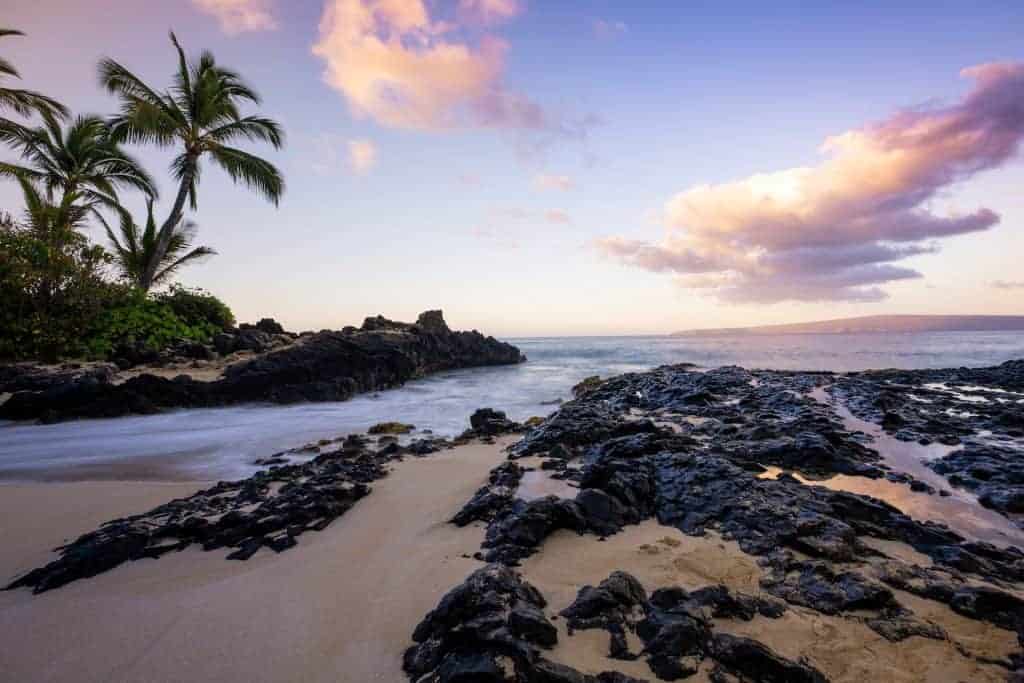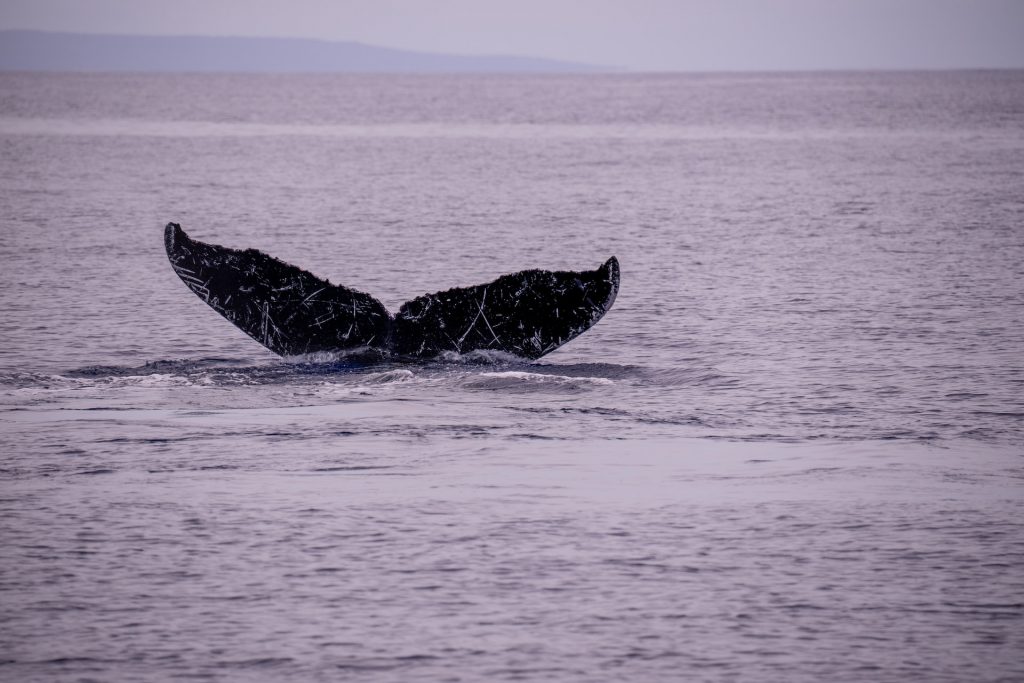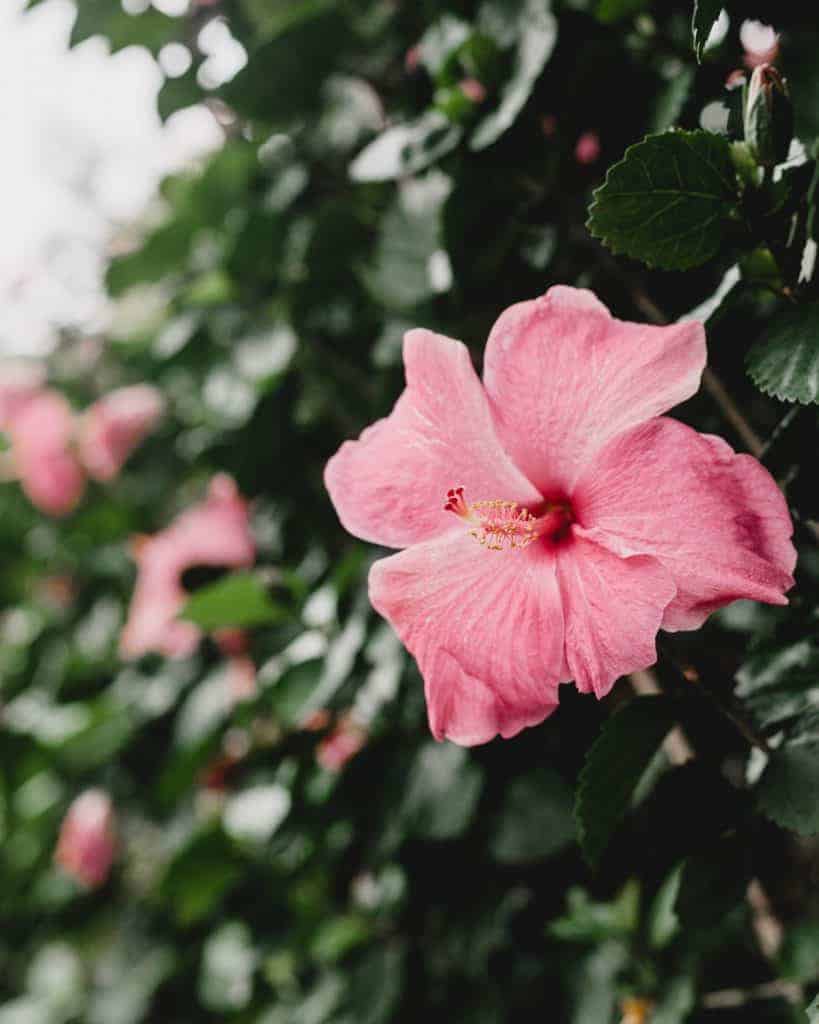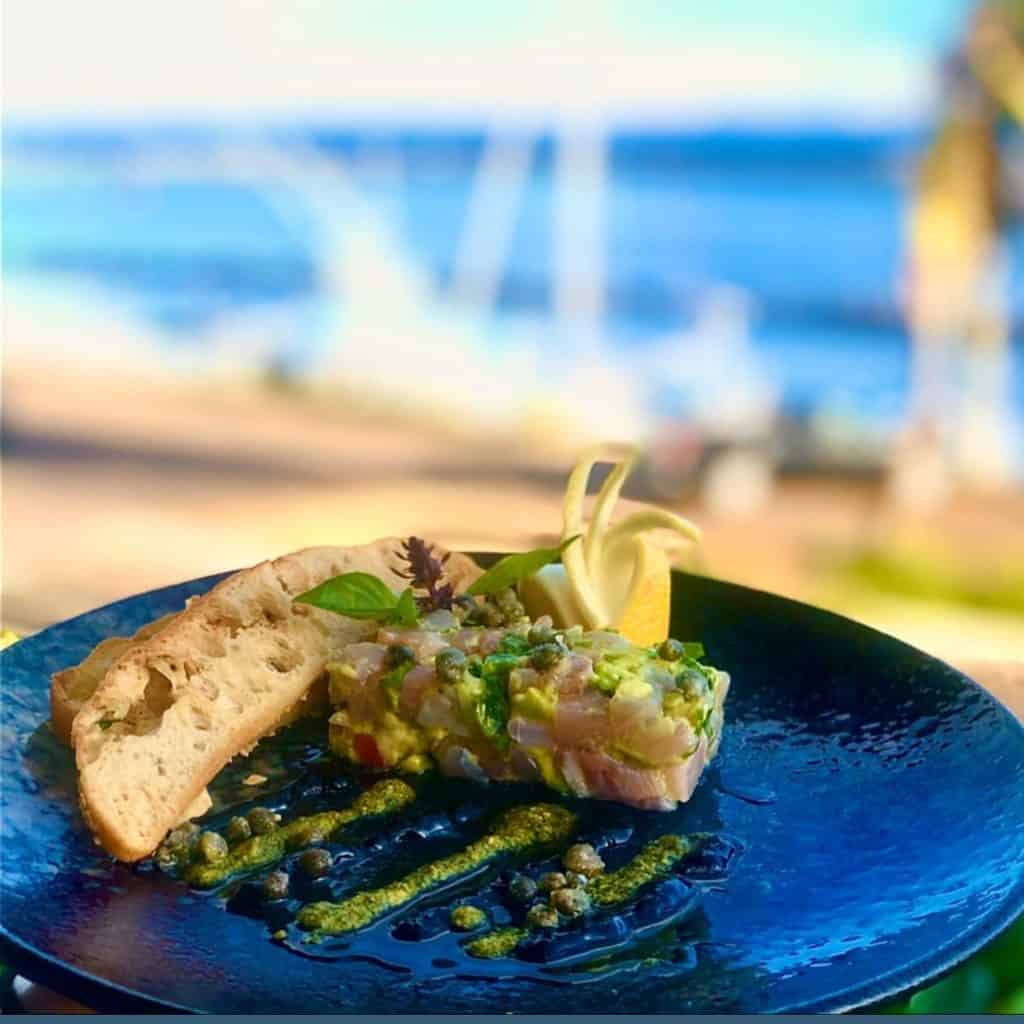Maui in February is a well-kept secret among savvy travelers. The island sheds its tourist vibe for a more tranquil, intimate atmosphere. Here, we delve into the unique charm that sets February apart, making it an ideal time for an unforgettable adventure.

February marks a transition from the rainy season, with sporadic showers being a possibility. However, the overall humidity levels are relatively low, offering visitors a pleasant and comfortable atmosphere. Daytime temperatures range between 78°F (25.6°C) to 63°F (17.2°C), with minimal rainfall averaging around 1.68 inches. The waters surrounding Maui in February are invitingly warm, averaging around 74°F (23°C). This makes it an excellent time for snorkeling, scuba diving, and other water-based adventures.
A highlight of February is the Maui Whale Festival. This month-long festival celebrates the return of migrating humpback whales to Maui Nui. This event aims to engage residents, visitors, and a global audience in supporting ocean conservation efforts. The festival includes activities like the Race for Whales, a virtual event allowing participants worldwide to track their movement throughout the month. Completing 43 miles earns a commemorative medal, symbolizing PWF’s 43 years of dedication to marine conservation. Additionally, the festival features community beach cleanups, providing opportunities for hands-on conservation efforts. The Education team will also participate in the Art & Education Expo, offering interactive learning experiences for all ages during Whale Trust’s annual Whale Tales event on February 17th and 18th.
Embrace the rich cultural heritage of Maui through vibrant Chinese New Year celebrations.
The Chinese New Year celebrations in Maui are typically celebrated in various locations across the island. These celebrations can be found in towns and communities where there is a significant presence of individuals and families of Chinese descent.
In typical years you can find Lāhainā hosting a Chinese New Year parade but as Lāhainā works to rebuild from the fires we recommend checking out Wailuku where the traditional lion dance is usually performed on Market Street.
In addition to the aforementioned, February also offers an array of events such as the Maui Plein Air Painting Invitational, an event, sponsored by Village Gallery Lahaina. The Plein Air Painting Invitational brings together 20 accomplished artists from both Hawaiʻi and the mainland. These artists will showcase their plein air painting techniques throughout the week, culminating in an art sale at Village Gallery.
Public painting demonstrations offer a unique opportunity for residents and visitors to witness the artists’ creative process firsthand. The week concludes with esteemed Juror Jean Stern and event sponsors selecting award recipients.
The Whale Tales Symposium is hosted by Maui-based nonprofit organization Whale Trust. It’s an annual event focused on whale research and ocean education. This event serves as a vital bridge between scientists working in the field and the general public, aiming to disseminate valuable information about marine life. Furthermore, it serves as a fundraising platform to support whale research in Hawaiʻi. The proceeds generated from the Whale Tales event are allocated to various organizations and students through the Whale Tales Beneficiaries Program, directly contributing to the advancement of whale research in the region.
For the year 2024, Whale Tales will be held at The Ritz-Carlton Maui, Kapalua. Detailed information regarding the schedule and additional program highlights will be announced soon, promising an informative and engaging experience for attendees.

February brings forth a spectacle in Maui’s waters: the arrival of humpback whales. These giants embark on an annual migration, seeking Hawaiian waters for breeding and calving. Their presence transforms Maui’s coast into an arena of marine activity, captivating those engaged in whale watching in February. The coastal regions of Maui, particularly Kīhei, and Ma’alaea Bay, emerge as locations for witnessing this phenomenon. Here, the whales engage in behaviors, from breaches to tail slaps. They serve as forms of communication and mating displays.
For whale watching enthusiasts booking a guided tour is highly recommended. These tours are typically conducted by experienced guides or naturalists who possess in-depth knowledge about whale behavior, biology, and the local marine ecosystem.
During a whale watching tour, participants are taken out to sea on specialized boats or vessels designed for optimal viewing. These vessels are equipped with amenities like observation decks, seating areas, and sometimes even underwater viewing windows to enhance the experience.
We recommend the Pacific Whale Foundation located in the Maui Harbor Shops for their dedication to ocean conservation and providing eco-adventure tours.

Maui is home to a range of hiking trails, each offering its own set of breathtaking vistas and natural wonders. Haleakalā National Park encompasses volcanic terrain, ancient cinder cones, and the popular Haleakalā Crater, providing hikers with a unique and otherworldly experience.
In contrast, the lush Iao Valley State Park offers trails through dense rainforest, waterfalls, and native flora. Iao Valley holds deep cultural significance for the Hawaiian people. Historical sites within the park offer glimpses into the island’s past, providing a window into the traditions and practices of the indigenous population.
The cooler climate makes hiking more comfortable and enjoyable for visitors. February tends to experience lower rainfall compared to other months in Maui, which means that the trails are less likely to be muddy or slippery, making them safer and easier to traverse. With less rainfall, vegetation along the trails may be less overgrown. This provides clearer pathways for hikers, allowing for better visibility and a smoother hiking experience. The combination of mild weather and reduced rainfall enhances visibility, allowing visitors to fully appreciate the lush rainforest, and waterfalls.
The post-rainfall season in February unveils Maui’s hidden waterfalls. Trails like the Pipiwai Loop and the Waimoku Falls Trail lead to some of the most beautiful waterfalls in Maui.
The Pipiwai Trail in Maui’s Haleakalā National Park is a popular, family-friendly hike known for its stunning beauty. The trail spans 4 miles round trip, taking approximately 2.5 to 4.5 hours to complete. The Pipiwai Trail showcases various landscapes and natural wonders. In February, following the rainy season, the Pipiwai Trail undergoes a transformation, revealing its hidden waterfalls in all their splendor. Its well-maintained path leads through a bamboo forest, ancient banyan tree, and culminates at one of the tallest waterfalls on the island, the 400-foot Waimoku Falls. It’s advised to wear closed-toe shoes, carry water, snacks, sunscreen, and mosquito repellent. The trail is part of Haleakalā National Park, with an entry fee of $30 per vehicle, valid for three days. Emergency assistance is at least an hour away, so preparation is key for a safe and enjoyable hike.

February showcases the full bloom of native and endemic plants at the Maui Nui Botanical Gardens. Maui Nui Botanical Gardens (MNBG) is a dedicated institution focused on preserving the native plants and cultural legacy of Maui Nui. Through the collection, cultivation, and distribution of native and Polynesian-introduced plants, MNBG serves as a hub for understanding their significant roles in our economic, social, and cultural well-being.
Ali’i Kula Lavender Farm, nestled on the slopes of Maui’s Haleakalā, is a haven for relaxation, rejuvenation, and renewal. Founded by Agricultural Artist and Horticultural Master, Ali’i Chang, the 13.5-acre farm boasts around 55,000 lavender plants and 20 diverse varieties. While lavender typically blooms in summer, Ali’i Kula Lavender Farm cultivates nine varieties that flower year-round, thriving in Kula’s Mediterranean climate.
Ali’i Kula Lavender is dedicated to Sustainable Aloha, fostering community well-being and environmental stewardship. They craft products using natural, botanical, and organic ingredients, reflecting their commitment to animal and earth-friendly practices. Rooted in the core value of “Aloha,” which embodies love, friendship, and responsibility, AKL seeks to strengthen communities through cultural values and collaboration.
Nestled along the Hanā Highway, the Garden of Eden Arboretum offers a diverse collection of tropical flora. February showcases an array of vibrant blossoms. The Garden of Eden Arboretum is recognized by the State of Hawai’i for conservation efforts and responsible land use, spans 13.5 acres and features over 700 labeled botanical specimens.

In February, Maui’s culinary scene comes alive with an array of seasonal produce sourced locally. This time of year brings a selection of fresh fruits and vegetables that find their way onto menus across the island. The succulent lilikoi (passion fruit) and pineapples, both renowned for their sweetness can be found on salads, desserts, and even savory meals.
Taro and sweet potatoes, a staple of Hawaiian cuisine, are also winter vegetables and can be found in recipes around the island. Local chefs take full advantage of this seasonal bounty, crafting imaginative and mouth watering dishes that celebrate the unique flavors of Maui.
Restaurants like Seascape Restaurant is one of Maui’s exceptional seafood restaurants that combine these seasonal fruits and vegetables into their award-winning island cuisine. Their cuisine is focused on sustainably sourced and expertly prepared by Executive Chef Enrique “Henry” Tariga. Tariga is renowned for his culinary innovations and passion for Hawaiian culture,
Overall, February in Maui unveils a unique charm, drawing savvy travelers to the island’s tranquil and intimate atmosphere. With comfortable temperatures and minimal rainfall, it’s an ideal time for outdoor adventures. Let this guide inspire your next adventure to this enchanting island!
When traveling to Maui there will never be a shortage of things and places to see. Make sure you’re always abiding by local and cultural laws when exploring the natural beauty of Maui and most importantly, relax! That’s what you came to do after all.
Immerse Yourself in our SEA-News featuring Hawaiʻi’s marine life, inspirational conservation, and glimpses behind-the-scenes.


